Healing with Voltage: Inside Samuel Monell’s 1910 Electrotherapy Manual
- Daniel Holland

- 8 minutes ago
- 2 min read

The early twentieth century produced some extraordinary medical experiments, and few were quite as striking as those championed by Dr Samuel Howard Monell. His 1910 book High Frequency Electric Currents in Medicine and Dentistry reads today like a curious mix of ambition, enthusiasm and early electrical showmanship.
The American X Ray Journal once praised Monell as the man who had “done more for static electricity than any other living man”, a line that captures both the confidence of the era and the faith placed in electricity as a modern cure all.
Electrotherapy was not new. The ancient Greeks had once used live electric fish to numb pain, and by the eighteenth and nineteenth centuries scientists like Luigi Galvani and Guillaume Duchenne had revived interest in electricity as a medical tool.
What Monell offered was a polished, systematic attempt to harness high frequency currents for everything from acne and skin lesions to insomnia, depression and supposedly irregular blood pressure. His book is filled with staged photographs of calm patients receiving treatments that look part scientific and part theatrical.
Monell also claimed that electrical currents could help with hysteria, a diagnosis regularly applied to women at the time. While he does not go into detail in this volume, the wider medical practice of the period often relied on early mechanical vibrators designed to save doctors the manual labour involved in bringing a patient to what was then described as “hysterical paroxysm”.
Modern readers will recognise this as an orgasm, though Edwardian physicians would have avoided the word altogether.
Although Monell’s promised cures stretched far beyond what science can support, electrotherapy did not disappear. Over the decades it found a home in physiotherapy, pain management and muscle rehabilitation. More recently, controlled electrical stimulation has been tested for maintaining alertness in exhausted soldiers, showing that fragments of Monell’s early ideas still echo through contemporary research, long after the more imaginative claims have faded.
Sources
Monell, Samuel Howard. High Frequency Electric Currents in Medicine and Dentistry (1910).
American X Ray Journal reference to Monell’s work.
Galvani, Luigi. De viribus electricitatis in motu musculari (1791).
Duchenne, Guillaume. Physiology of Motion writings and electrotherapy experiments.
Historical overview of electrotherapy in rehabilitation.
Electrostimulation research for soldier fatigue.





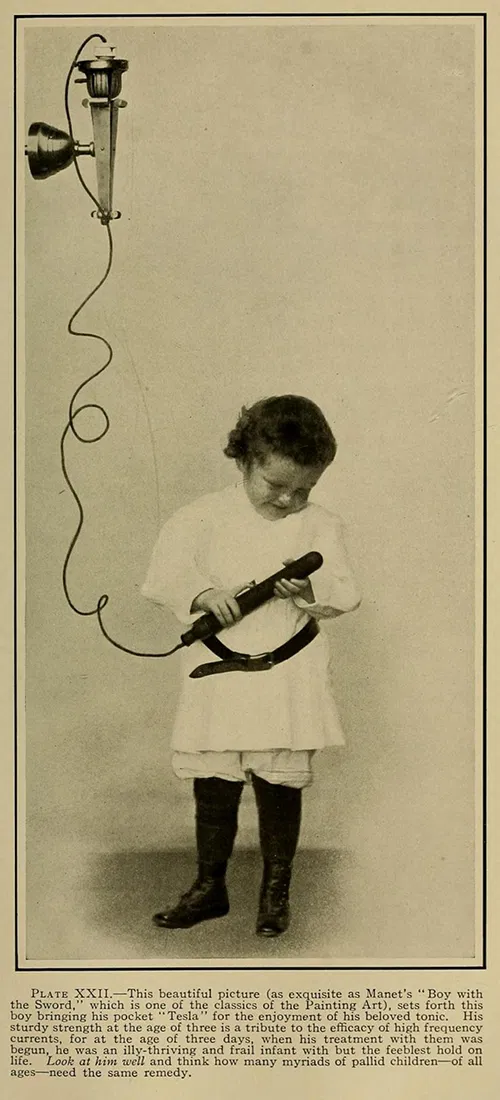


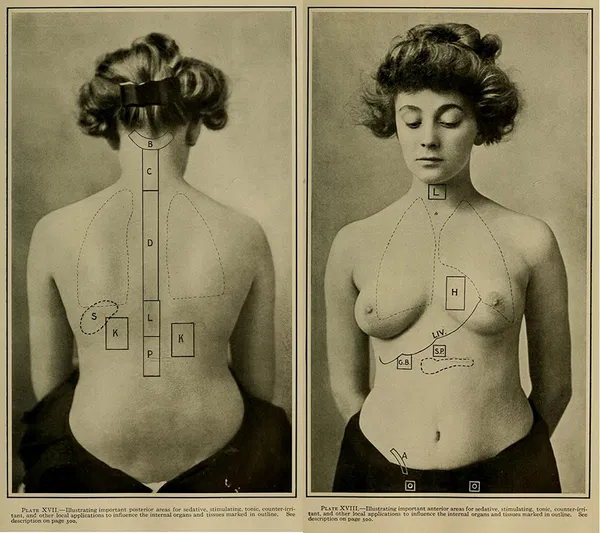
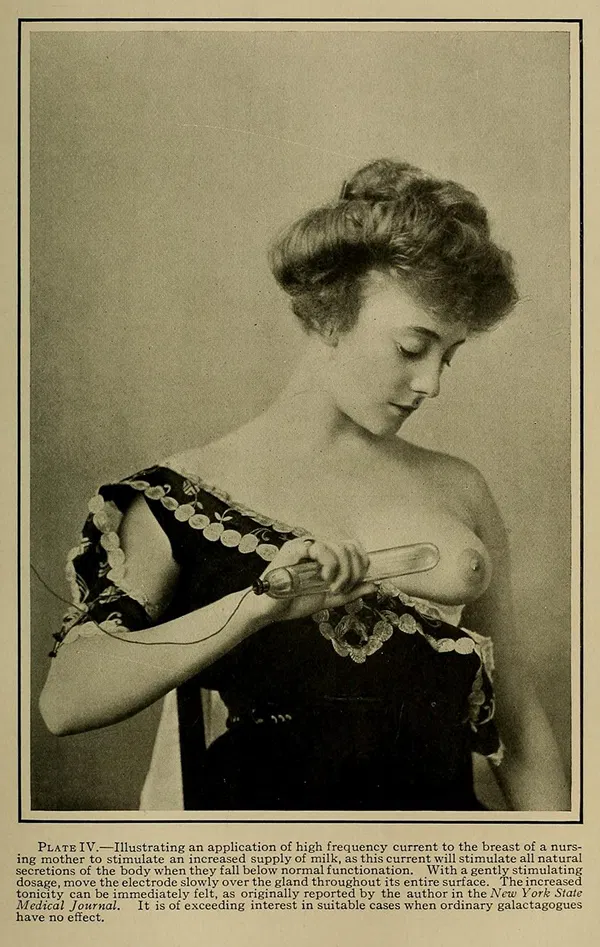

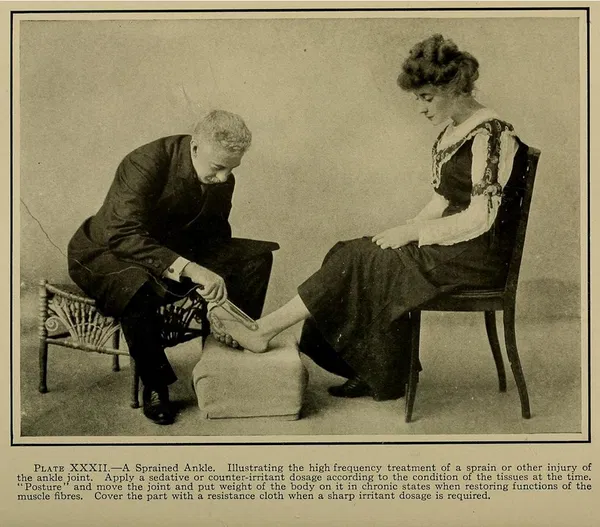
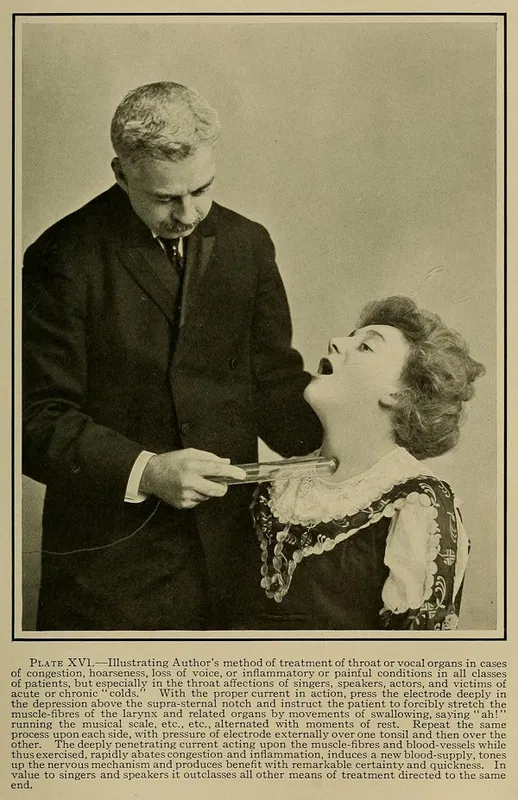
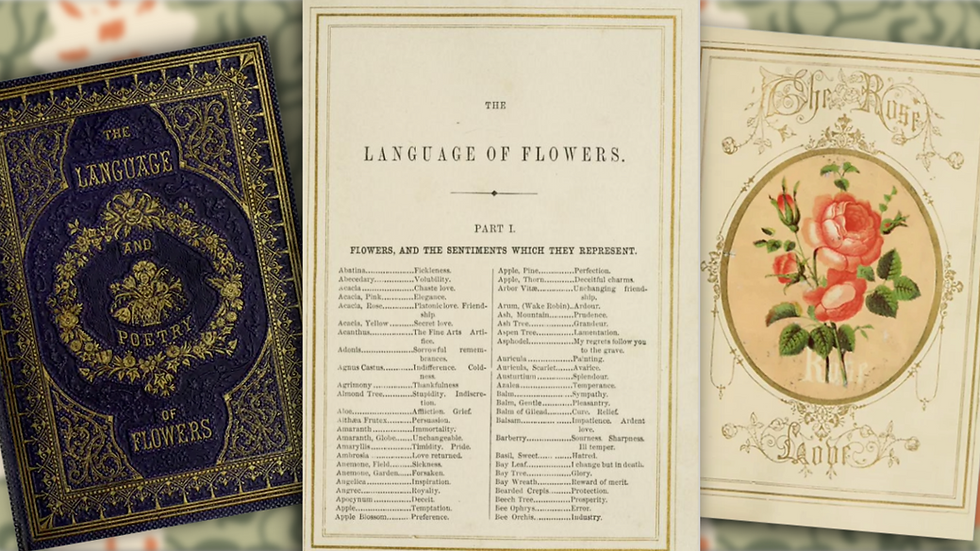



































































































Comments